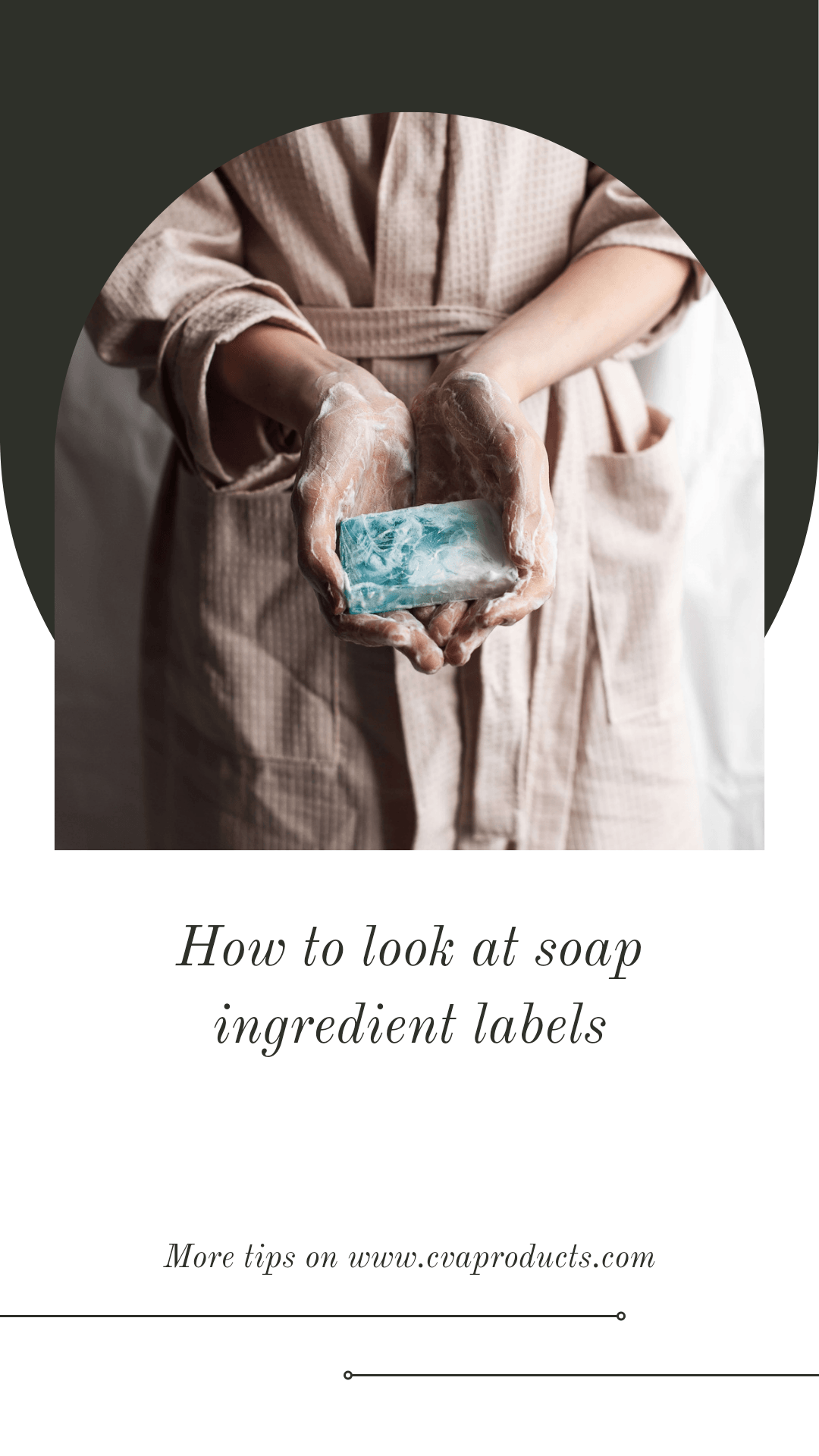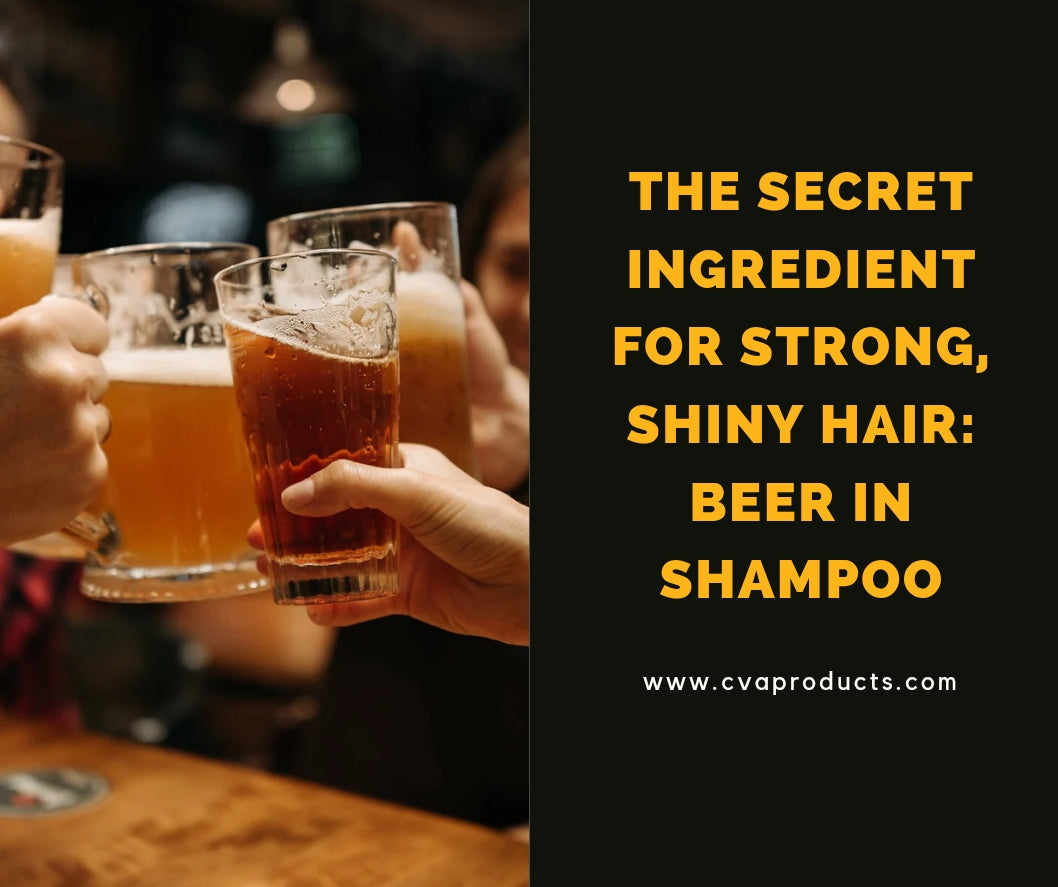HOW TO LOOK AT SOAP INGREDIENT LABELS
The main ingredient in handmade soaps is fats and oils. These are natural, extracted from plants (like coconut or olive oils) or animals (like lard from pigs or emu oil).
Another substantial ingredient in handmade soap is lye, a solution of water and sodium hydroxide. Sodium hydroxide is manufactured by running an electric current through a solution of water and sodium chloride (table salt).
Detergent ingredients, like sodium laureth sulfate, add foaming and cleansing qualities and are found in some soap. While sodium laureth sulfate can be derived from vegetable oils, it goes through several chemical reactions before taking its final form.
Colorants and fragrance (synthetic and natural) together in soap usually make up a very small percentage of a soap bar, around 2-4% of the total weight.
Skin-safe colorants like oxides and ultramarines are chemically identical to their natural counterparts that used to be extracted from the ground. They are manufactured in a laboratory, and so I don’t consider them “natural.” But they can be actually safer to use than their natural versions, which can be contaminated with dangerous heavy metals like lead and mercury.
FD&C or D&C colorants are dyes regulated by the FDA and approved for use in personal products like lotion and soap. They are derived from petrochemicals.
Essential oils are used to bring scent and aromatherapy qualities to soap. They are derived directly from a natural source, like leaves, bark or citrus fruit peels. Different essential oils can be blended to give very rich and complex scents.
“Fragrance” in a soap ingredient list is usually a synthetic compound, blended with chemical components that have distinct odors. Sometimes essential oils are also included in this blend. This is often the only option if a soapmaker wants to make a soap that smells like kiwi, for example, since a kiwi essential oil does not exist.
There are a lot of soap options out there when you're shopping.
Beauty bar vs soap
A lot of major brands have verbaige on their label or packaging like "beauty bar," or "cleansing bar." This is because there are regulations through the FDA on what can be labeled soap and what can't.
To be soap, the product must:
Be made by combining lye and oils.
Not contain other cleansers.
Only be marketed as a cleansing soap.
Beauty bars and cleansing bars contain other cleansing agents, like surfactants, that help clean your skin. These are usually mild surfactants that are gentle to skin. Some examples include sodium laroyl isethionate, a surfactant derived from coconuts, and sodium cocoyl isethionate. These types of products often do not include oils or lye at all.
Contrasted with a soap bar, in this case a bar of Dr. Bronner's soap, you can easily see the difference. The soap label shows a variety of oils, like coconut and oil, with sodium hydroxide. This bar can legally label itself as soap!
You may not see sodium hydroxide lye listed on soap labels. Some manufacturers prefer to label the ingredients as saponified oils, which are the oils after the lye has been added to them. Sodium olivate for example is saponified olive oil. Don't worry, they're still soap.
Antibacterial soap
Products that are labeled as antibacterial soap or deodorant soap usually contain an antibacterial agent, such as tricloclorbean. While it may sound great to have antibacterial agents, the FDA states that there's no scientific evidence that antibacterial soap is more effective at preventing disease.
Fragrance
We love scented soap! If you see "fragrance," "perfume," or "parfume" on the label, that soap contains a fragrance oil.
Fragrance oils are made up of hundreds of aroma chemicals, which can be artificial or natural. The ingredients used to make these fragrance oils fall under Trade Secret law, so manufacturers don't have to reveal the ingredients on the label. Some of the chemicals used to make fragrance oils can have long, scary names, but fragrance is regulated by government body with rules regarding safety and testing.
The specialty ingredients appear lower on the ingredients list because very little of them are used in the bar. So the higher they are in the list they are, the better.
Brands of soap will call out characteristics of the bar to tell you why you should buy it. Things like moisturizing, calming, smoothing, and hydrating are common ones. Once these claims are made, the regulatory category of this bar changes. Because these bars are no longer just cleansing but also beautifying, they are regulated as a cosmetic.
Bars that claim to treat health problems, such as acne, are regulated as drugs. Drugs must be approved by the FDA, and while large manufacturers can afford this process, smaller makers often can't. If a bar of soap from a small maker claims to treat acne, it has probably not gone through that approval process.
I hope this will help you to understand more when buying the soaps.



